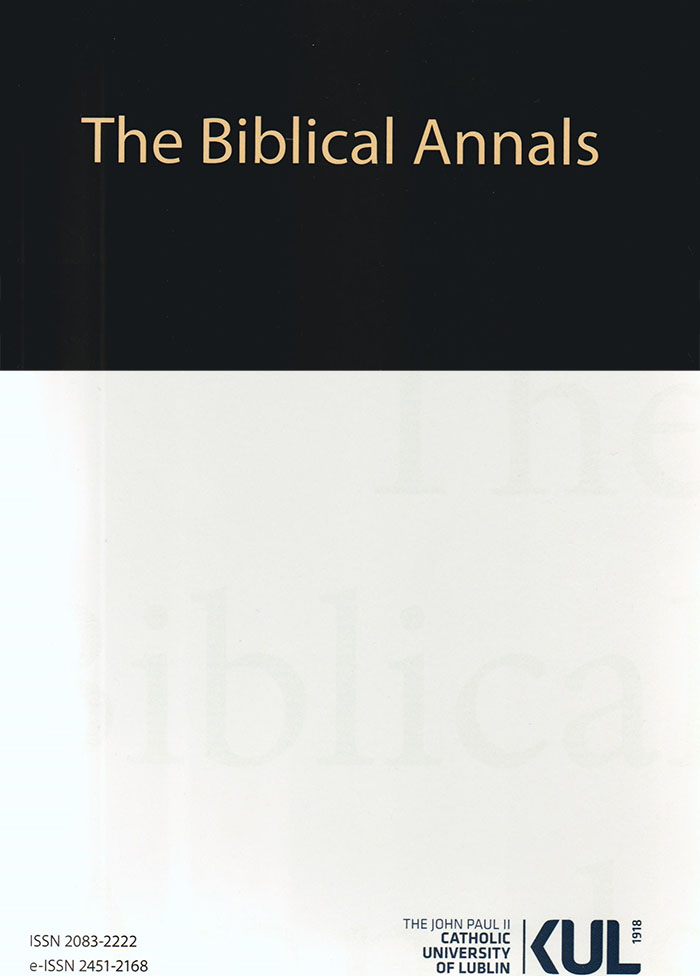Christian Worship at the Tomb of the Prophet Samuel on Mount Joy
Christian Worship at the Tomb of the Prophet Samuel on Mount Joy
Author(s): Piotr Mieszko BriksSubject(s): Theology and Religion, History of Religion
Published by: Katolicki Uniwersytet Lubelski Jana Pawła II - Wydział Teologii
Keywords: Nabi Samuel; Nebi Samuel; Nebi Samwil; Samuel; Rama; Mons Gaudii; maqam; cenotaph
Summary/Abstract: One of the exceptionally interesting examples of a living biblical tradition, maintained by Christian, Muslim and Jewish pilgrims for over sixteen hundred years, is the history of St. Samuel monastery on the Mount of Joy. The shrine was founded in the Byzantine period, but its heyday falls on the period of the Crusades. It was from here, after the murderous journey, that the troops of the First Crusade saw Jerusalem for the first time. The knights were followed by more and more pilgrims. On the hill, called Mons Gaudii, the Premonstratensians built their monastery, which in time became a real pilgrimage center. Based on the preserved traces, the author reconstructs the Christian chapters of the history of Nabi Samuel. He recalls people, events and traditions related to it, and also the accounts of pilgrims coming here.Christians left the Mons Gaudii probably at the end of the 12th century. Worship of the prophet Samuel were taken over by Muslims and Jews. For the latter the Tomb of Prophet Samuel became one of the most important places of pilgrimage, in some periods even more important than Jerusalem itself. There were numerous disputes and conflicts about holding control over this place, there were even bloody battles. In 1967 this place was taken by the Israeli army. Over time, a national park was created in the area around the mosque, in the mosque itself was established a place of prayer for Jews, and a synagogue in the tomb crypt. A slightly forgotten sanctuary began to warm up emotions anew.
Journal: The Biblical Annals
- Issue Year: 11/2021
- Issue No: 68/3
- Page Range: 519-546
- Page Count: 28
- Language: English

